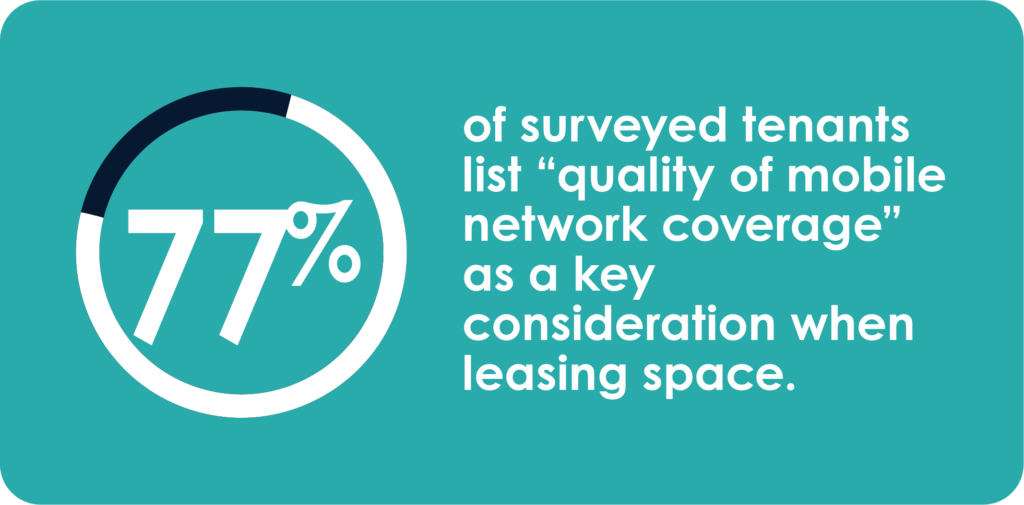Traditional contact centers were not designed to handle the overwhelming volume of calls that have flooded healthcare organizations, government agencies, and many other industries during this global pandemic. Although the initial surge may have leveled off, the coronavirus continues to impact the way contact centers operate day-to-day.

With millions of citizens seeking COVID-related guidance, medical information, and government assistance, contact centers must rethink how they manage interactions across channels to deliver prompt and seamless service in times of crisis.
By harnessing automation and artificial intelligence technologies to streamline and scale modern call center operations, CBTS is helping companies maintain and even enhance customer service through the pandemic.
Here’s how contact centers can transform their approach to handling pandemic-level call volumes with next-level support from CBTS.
Addressing pandemic challenges with a contact center transformation
Since the onset of COVID-19, calls to hospitals and government offices have skyrocketed. Call centers that were only equipped to handle tens of thousands of calls per day were suddenly fielding millions of urgent requests—often while agents adjusted to a remote work environment.
Facing this deluge of demand, hard-hit contact centers have encountered a few common challenges during the pandemic:
- Overflowing backlogs and overwhelmed phone systems stretched past capacity.
- Busy signals, long hold times, and dropped calls that frustrate customers in need of help.
- Overworked agents juggling conversations across multiple channels through various platforms.
- Inefficient options for disseminating information or switching between inbound and outbound calls.
These obstacles put a serious strain on contact centers while obstructing customer service.
To keep up with the drastically increased call volume, agencies must plan a contact center transformation to leverage the efficiencies of unified communications, automated technologies, and advanced analytics.
“No Wrong Door” in customer service
When citizens are in critical need of medical or government assistance, calling for help should be hassle-free. Patrons want convenient options for contact and instant access to information without having to crawl through a convoluted triage process.
A modern call center can accommodate these needs with a “No Wrong Door” approach that streamlines service to connect every caller to the right destination—regardless of which channel they use to communicate or what type of assistance they seek. This approach leverages solutions such as:
- Omni-channel communications to smoothly switch from voice to digital channels.
- Artificial intelligence (AI) to automate self-service through interactive voice response (IVR).
- Chatbots to engage callers by providing repetitive answers to common requests.
- Precision-based routing to quickly redirect queries.
- Analytics to identify critical insights and optimize call center efficiencies.
These solutions equip contact centers to serve customers faster and more efficiently—alleviating long hold times and daunting call center backlogs while reducing the burden on the phone system and the agent.
The original “No Wrong Door” policy, part of the Affordable Care Act, was intended to help citizens access traditionally siloed health services through a centralized point-of-entry.
Using advanced technologies, a contact center transformation can apply this concept to provide flexible solutions and streamlined experiences that benefit both agents and callers.
- Create more efficient queue management strategies.
- Simplify complicated phone tree structures.
- Promote convenient self-service options.
- Generate automated responses to common queries.
Case Study: IU Health, CBTS cooperate to deploy COVID-19 pop-up testing centers in 24 hours
The value of seamless service during a crisis
With decades of experience designing powerful contact center solutions, CBTS has helped contact centers pivot quickly to deliver uninterrupted service throughout the pandemic. As COVID-19 accelerates the need for more flexible omni-channel communications, CBTS equips modern call center agents with the tools they need to respond quickly.
Leveraging unified communications technologies powered by AI, CBTS can recognize repeat callers and deflect them to an automated status update—alleviating a large portion of incoming calls. Callers can opt to receive a callback for future updates or additional assistance, access self-service options, and even reserve a spot in line to receive vaccinations.
CBTS can integrate these contact center technologies with your existing CRM software, enabling you to easily provide patient status updates in real-time. By combining these advanced telecom tools into one integrated platform, CBTS equips contact centers to deliver an exceptional omni-channel experience that can be easily scaled when call volume spikes.
“COVID-19 accelerates the need for more flexible omni-channel communications. CBTS has you covered.”
By using AI and IVR in the contact center to streamline queue management, simplify phone trees, promote self-service options, and generate automated responses, companies can augment their contact center capacity during times of crisis.
Planning your contact center transformation with CBTS can alleviate longer-than-average hold times and overwhelming backlogs—enabling faster service and improving overall satisfaction.
Contact the communications experts at CBTS to upgrade your contact center’s pandemic response plan.











